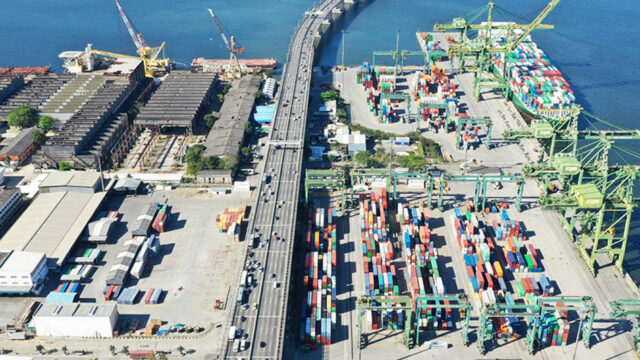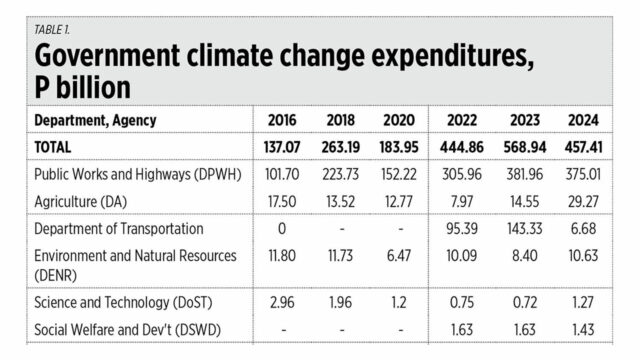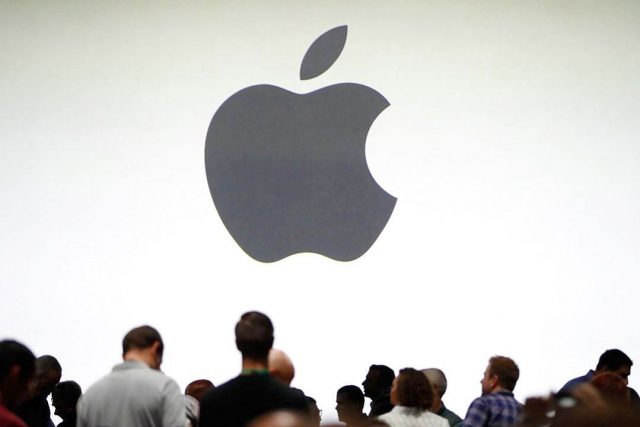For the first time in Philippine banking history, digital bank deposits have breached the P100-billion mark. This, in my opinion, is a significant milestone. Couple this with the increasing usage of e-wallets and digital platforms, these developments seemingly underscore a shift in how Filipinos use, save, and manage their money.
Since the COVID-19 pandemic (2020-2023), digital platforms have gained much traction among the public: shoppers, savers, and small investors alike. And this ever-changing landscape is the backdrop for a new law, the Capital Markets Efficiency Promotion Act (CMEPA) that changes the tax structure for long-term bank deposits and stock market transactions.
Simply put, CMEPA seeks to regulate a financial markets landscape that I perceive to be changing more rapidly than ever before. And while CMEPA seemingly attempts to be a forward-looking reform, I also think it is simply playing catch-up by pushing financial tax reforms that should have been put in place a long time ago.
All told, the law aims to streamline the taxation of deposits and investments by pushing a single 20% rate; and, reducing friction for capital market transactions, and thus leveling the playing field. But, at the same time, it seemingly skews taxes towards encouraging investments in riskier capital markets, in stocks among others, rather than safer havens like long-term bank deposits.
Given the dynamic landscape, in truth, nobody really knows where financial markets will go and how they will further develop, and how depositor and investor behavior will continue to change. In this sense, as a reform, CMEPA is still to prove its worth in terms of real-world impact. As such, I believe policymakers must always be open and ready to recalibrate.
One cannot belittle CMEPA’s intent. By reducing transaction costs in capital markets, and broadening tax incentives for collective investment schemes and retirement accounts, the law seemingly aims to nudge more Filipinos towards putting money in “active” investments like equities and mutual funds. And this means going beyond saving money and keeping it in “passive” bank deposits.
But, at the same time, the law seems to be penalizing long-term depositors by imposing a uniform 20% tax on all peso-denominated deposits when longer-term placements used to be tax-exempt. A similar tax on short-term deposits has been in place for some time. So, in reality, only a small fraction of depositors are hit by the tax.
However, the argument is that while this tax change creates uniformity, it also sweeps away tax incentives that were especially attractive to risk-averse, low- and middle-income savers, even if they account for only a small fraction of depositors. Never mind the wealthy ones — they can easily afford the tax.
But the low- and middle-income savers — who may have neither the appetite nor the resources to actively invest in the stock market — will obviously end up bearing a disproportionate share of the new tax burden. And this, I think, is where the opposition to CMEPA arises. It is not as if these small savers can easily shift to more active types of investments, to benefit from CMEPA.
The wildcard, in my opinion, is the exponential growth in digital bank deposits. To me, this is a strong signal that Filipinos are seeking convenience, flexibility, and better yields in their savings behavior. Digital banks, often offering higher interest rates and seamless access, are bound to prompt changes in saving and investing behavior.
I am sure these digital banks attract mostly young depositors, and therefore a sampling of the banking future. It remains uncertain whether these digital-first savers can be nudged towards riskier assets, to stock investing rather than bank deposits. Also, will the rise in digital banking help foster a culture of investing, or will it inadvertently penalize those who prefer the stability of cash and deposits?
Consumer behavior will surely adapt to the new tax landscape, and only time can tell whether CMEPA is forward-looking enough. In this line, I am cautiously supportive of CMEPA, open to giving it time to gain traction. However, in this sense, CMEPA is not and should not be seen as a finished product.
Lawmakers and regulators, moving forward, should conduct thorough impact assessments after the law’s first year of implementation. They should also continue to simulate and analyze changes in savings and investment behavior, particularly among low- and middle-class depositors and emerging digital bank customers.
And as the financial industry also monitors the landscape, lawmakers and regulators should continuously consult consumer groups, digital banks, traditional lenders, and capital market stakeholders to gather granular feedback on CMEPA’s performance.
This will give policymakers and regulators enough time to revisit and recalibrate the law and its implementing rules if data and evidence show adverse effects on the saving and investing public, especially among low- and middle-income sectors.
Ultimately, as with any law or reform, a growing economy like the Philippines require economic policies that learn. Economic conditions change, technology advances, and so do the needs of the public. Laws that govern particularly personal finance and capital markets must be dynamic and responsive.
Like with all new laws, CMEPA also deserves a fair chance to work. But its authors and implementors must not only monitor outcomes but also act on data and public sentiment. Policies must be updated as soon as real-world data, and behavioral change, justify adjustment.
I truly believe that digital banking will continue to grow, and traditional notions of saving and investing will continue to evolve. Laws regulating saving and investing should always consider evidence-based evolution. Reliable and up-to-date data and analysis are crucial to this.
Any financial system that encourages both saving and investing should benefit not only institutions and big money but should also always protect the interests particularly of ordinary Filipinos. Its rules should always be agile and dynamic, and should adjust as the country’s financial culture matures.
Marvin Tort is a former managing editor of BusinessWorld, and a former chairman of the Philippine Press Council
matort@yahoo.com

![geo1-[firstgen.com.ph]](https://www.bworldonline.com/wp-content/uploads/2024/12/geo1-firstgen.com_.ph_-640x371.jpg)













